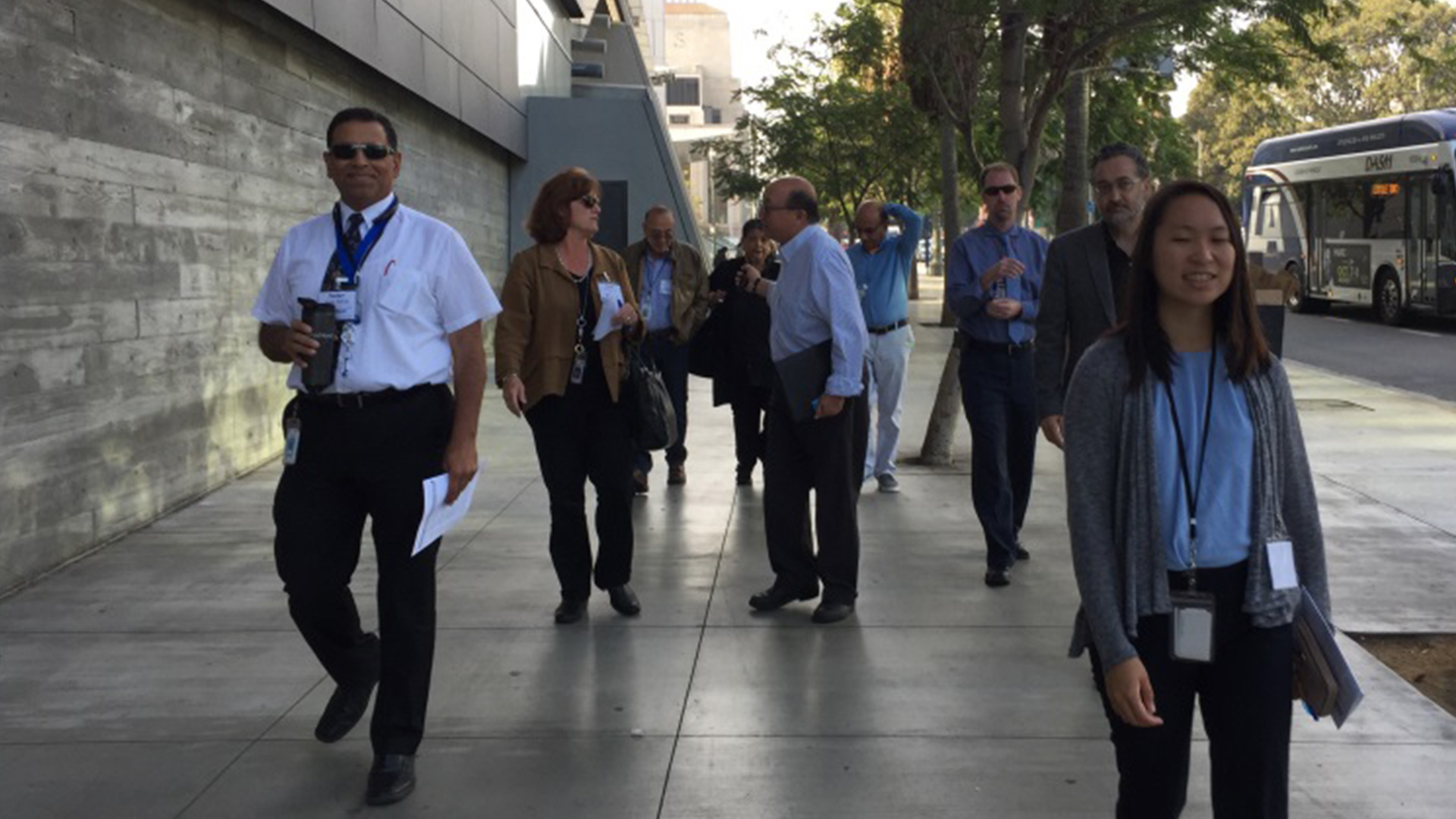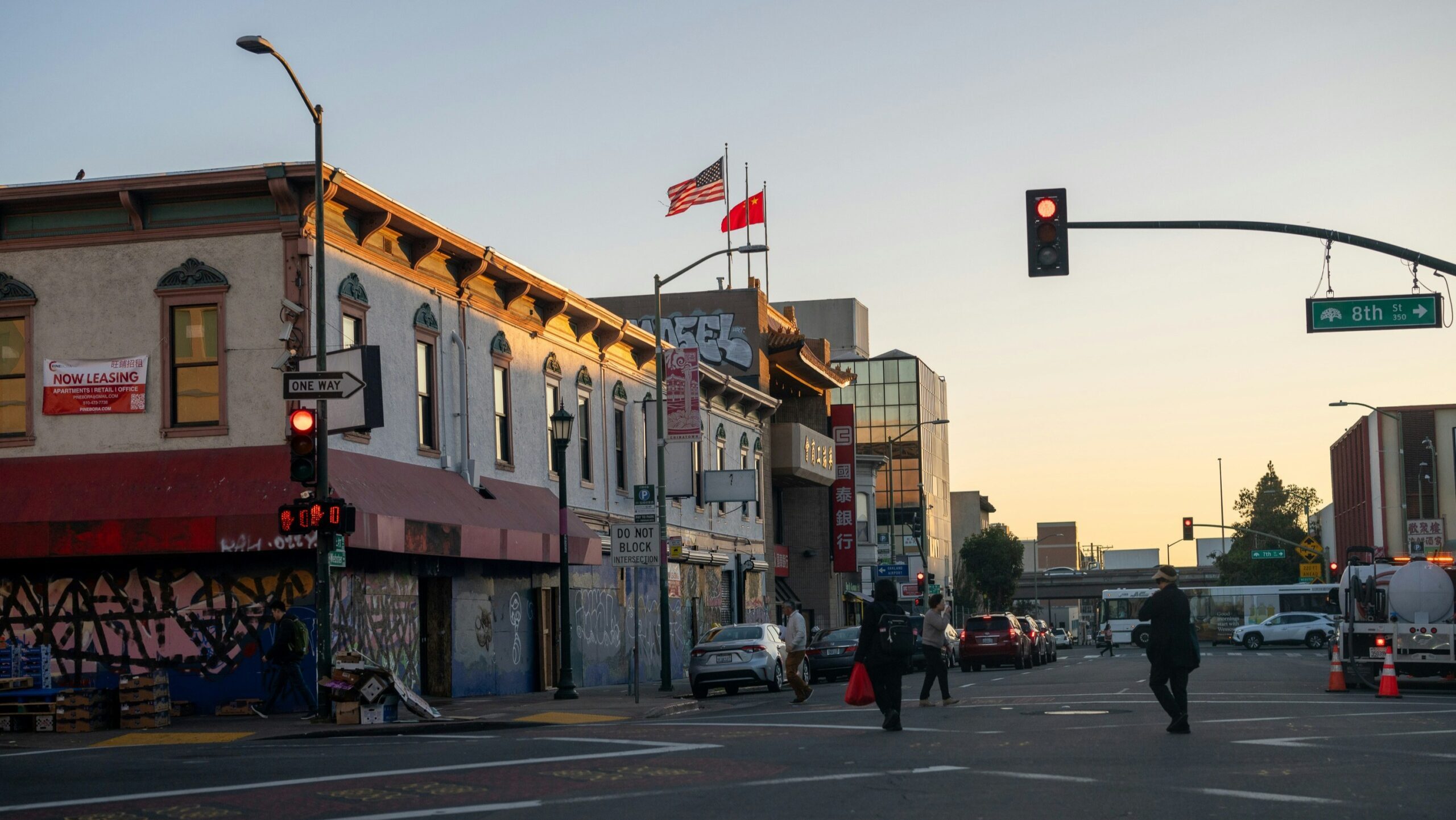Challenge
People who are interested in traveling by bike will only do so if they feel safe for their entire trip. Traditional bicycle facility planning has focused on installing bike lanes opportunistically during resurfacing projects and where ample space allows a lane to be squeezed into an existing street cross section with minimal other changes. In Baltimore, this has resulted in a disconnected network of bicycle facilities, some of which do not feel safe to most potential bicyclists.
Solution
Kittelson used Level of Traffic Stress methodology to identify the locations where potential bicyclists already feel safe riding. Such locations included low stress neighborhood streets, multi-use paths, bike lanes with physical separation between bike and motor vehicle traffic, and striped bike lanes on calm streets. This low stress network revealed “islands” within which bicyclists of all skill levels could comfortably travel, and also revealed the gaps and barriers to bicycle travel.
Kittelson worked with City of Baltimore Department of Transportation officials to identify a “backbone network” of separated bike lanes and bike boulevards on important low stress streets that connected nearly all of these islands to one another, thus connecting the majority of the City via uninterrupted low stress bike routes.
The Outcome
Baltimore Biking: Not Just for the Fearless
These recommendations were compiled into the Separated Bike Lane Network addendum to the 2015 Bike Master Plan, and adopted by the City’s Planning Commission. Funding was identified for short- and medium-term priority projects, and the design and construction processes have begun for several facilities.



